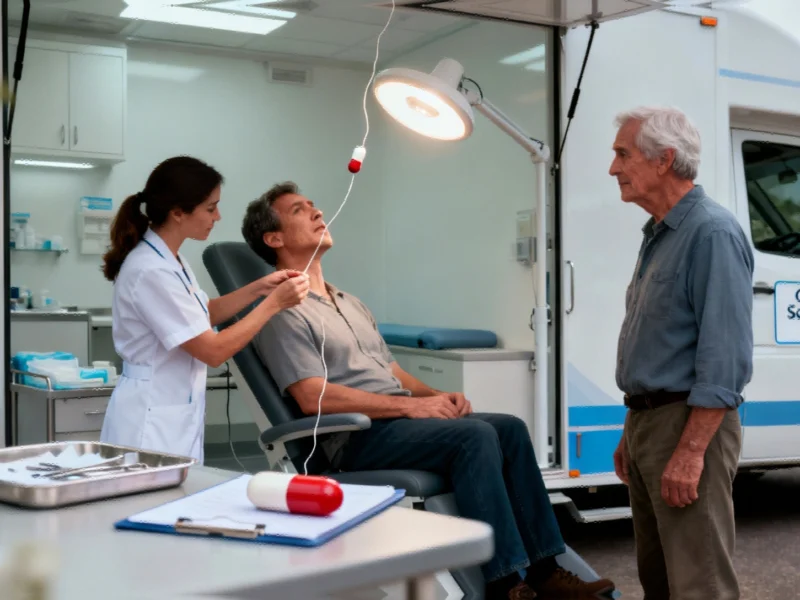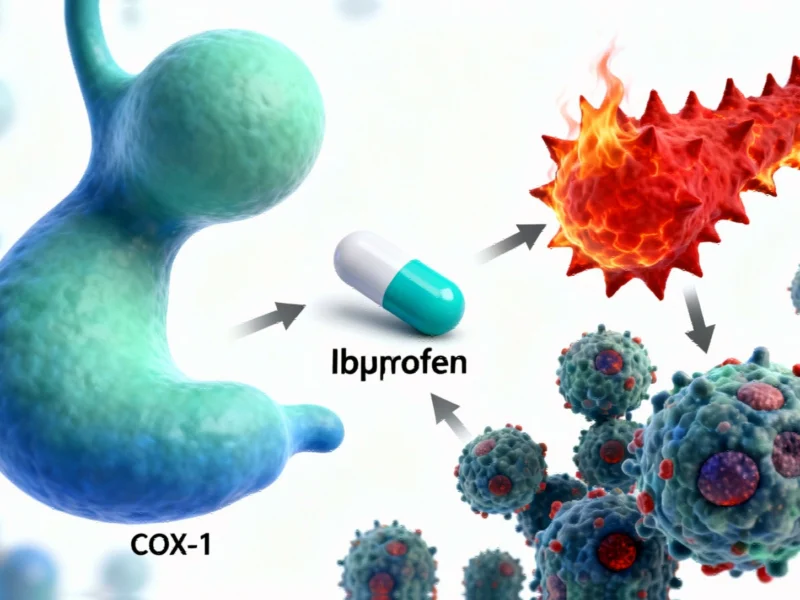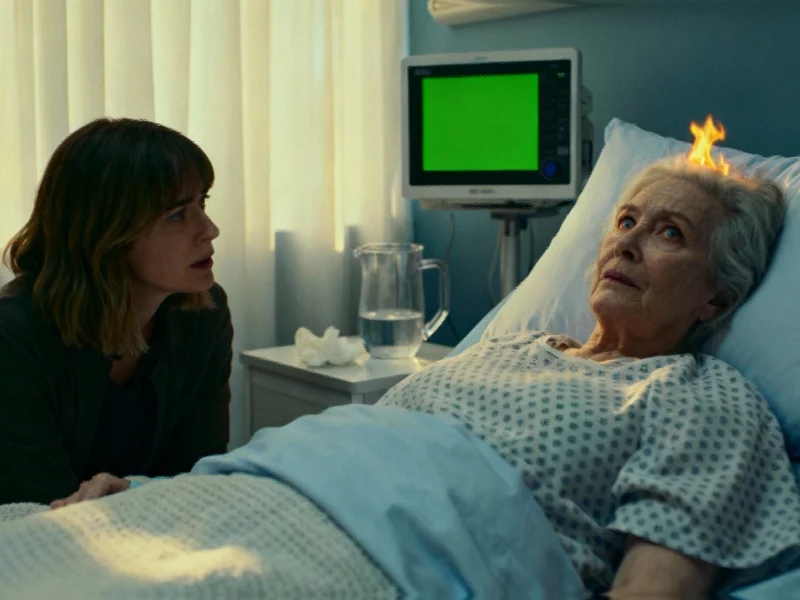Breakthrough Research Points to Lipid-Based Treatment for Aging Eyes
Researchers at UC Irvine have made significant strides in addressing one of the most common consequences of aging: vision decline. Their latest study reveals that targeted fatty acid supplementation can restore visual function in aging eyes, potentially offering a new approach to combating age-related macular degeneration and other vision impairments.
The research builds upon previous investigations into the ELOVL2 gene, often referred to as an “aging gene” due to its role in cellular aging processes. “We demonstrated that reduced activity of the ELOVL2 enzyme correlates with poorer vision,” explains Dr. Dorota Skowronska-Krawczyk, lead researcher and associate professor at UC Irvine. “Now we’ve found an alternative pathway to achieve similar benefits without directly manipulating the enzyme itself.”
The Science Behind Lipid Restoration
The team’s approach centers on supplementing specific polyunsaturated fatty acids that naturally decline with age. In older mice, administering these lipids resulted in measurable improvements in visual acuity and even reversed some structural signs of aging in retinal tissue. This breakthrough represents a significant advancement in related innovations for age-related conditions.
What makes this discovery particularly promising is its potential applicability to humans. The researchers focused on docosahexaenoic acid (DHA) and other omega-3 fatty acids that are crucial for maintaining retinal health and function. As UC Irvine’s comprehensive research demonstrates, this approach could transform how we address vision loss in aging populations.
Broader Implications for Age-Related Conditions
While the immediate application focuses on vision restoration, the research has broader implications for understanding aging processes. The ability to reverse age-related decline in specialized tissues like the retina suggests potential applications for other age-affected systems. This aligns with other industry developments in healthcare technology that aim to address complex biological challenges.
The timing of this discovery coincides with important conversations about ethical implementation of advanced therapies. As we’ve seen with recent technology in medical applications, ensuring equitable access to breakthrough treatments remains a critical consideration.
Environmental and Economic Context
This research emerges against a backdrop of increasing focus on sustainable health solutions. The approach of using naturally occurring compounds rather than synthetic drugs aligns with broader market trends toward biologically compatible treatments. Similar principles are being applied in energy sectors, as evidenced by Uruguay’s innovative energy strategies that balance economic and environmental considerations.
The employment implications of such medical advances are also noteworthy. As with the UK’s clean energy job growth, breakthrough medical technologies often create new specialized positions and economic opportunities within the healthcare sector.
Future Directions and Applications
The research team is now exploring how this lipid-based approach might integrate with other emerging technologies. The intersection of biological research and computational methods represents an exciting frontier, much like the convergence seen in gaming and interactive media innovations that blend multiple technological domains.
“This isn’t just about improving vision,” notes Dr. Skowronska-Krawczyk. “It’s about understanding fundamental aging processes and developing interventions that could potentially benefit multiple aspects of health.” The team’s findings suggest that targeted lipid supplementation could become a valuable tool in the broader fight against age-related decline.
Practical Implications and Next Steps
While human trials are still needed, the research offers hope for millions experiencing age-related vision loss. The approach’s relative simplicity—using specific fatty acids rather than complex genetic interventions—could facilitate faster translation to clinical applications. Researchers emphasize that this represents a complementary approach rather than replacement for existing treatments, potentially enhancing current management strategies for conditions like AMD.
The study underscores the importance of continued investment in basic biological research and its potential to yield practical therapeutic applications. As the global population ages, such innovations become increasingly valuable for maintaining quality of life and reducing healthcare burdens.
This article aggregates information from publicly available sources. All trademarks and copyrights belong to their respective owners.
Note: Featured image is for illustrative purposes only and does not represent any specific product, service, or entity mentioned in this article.



